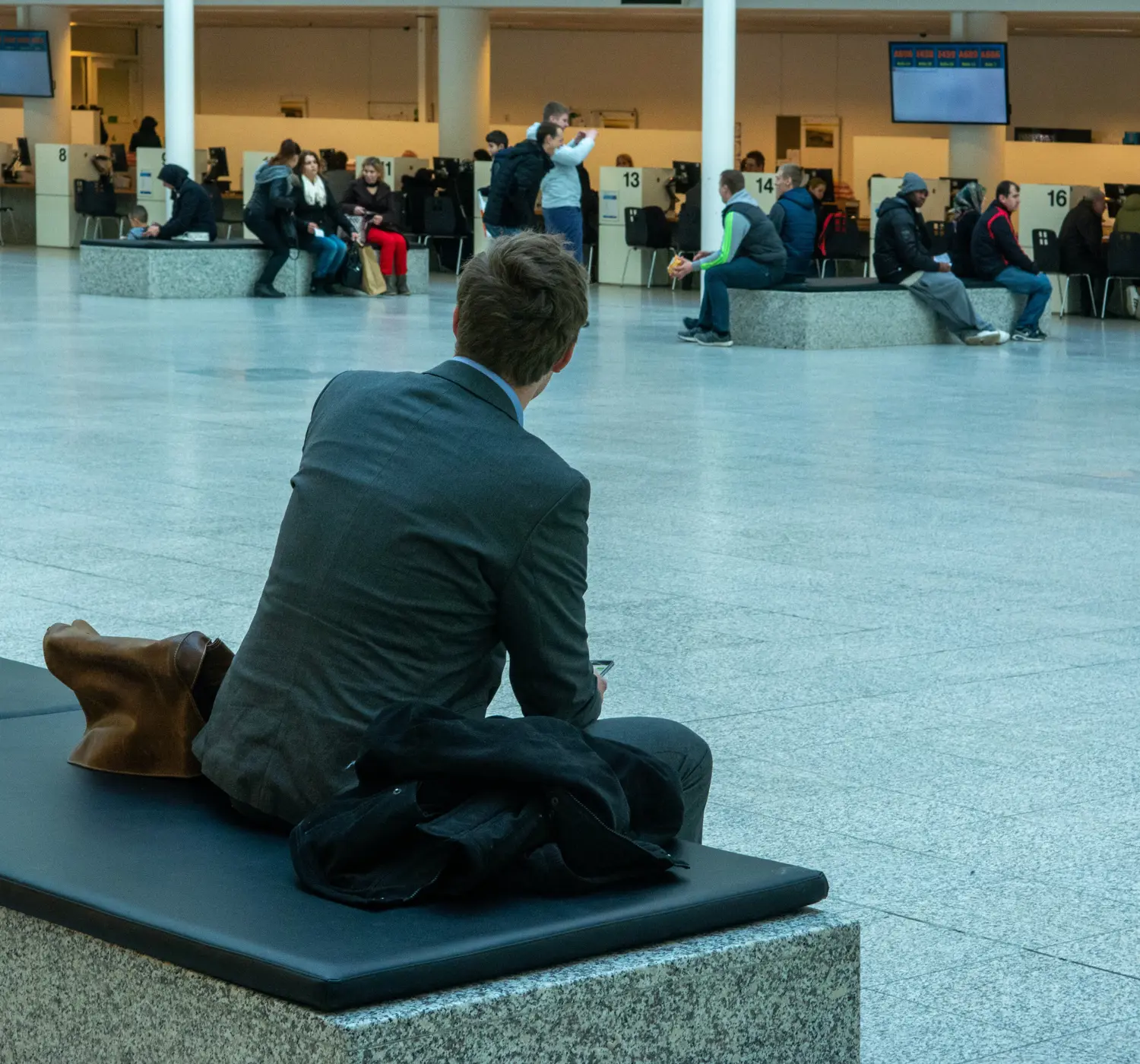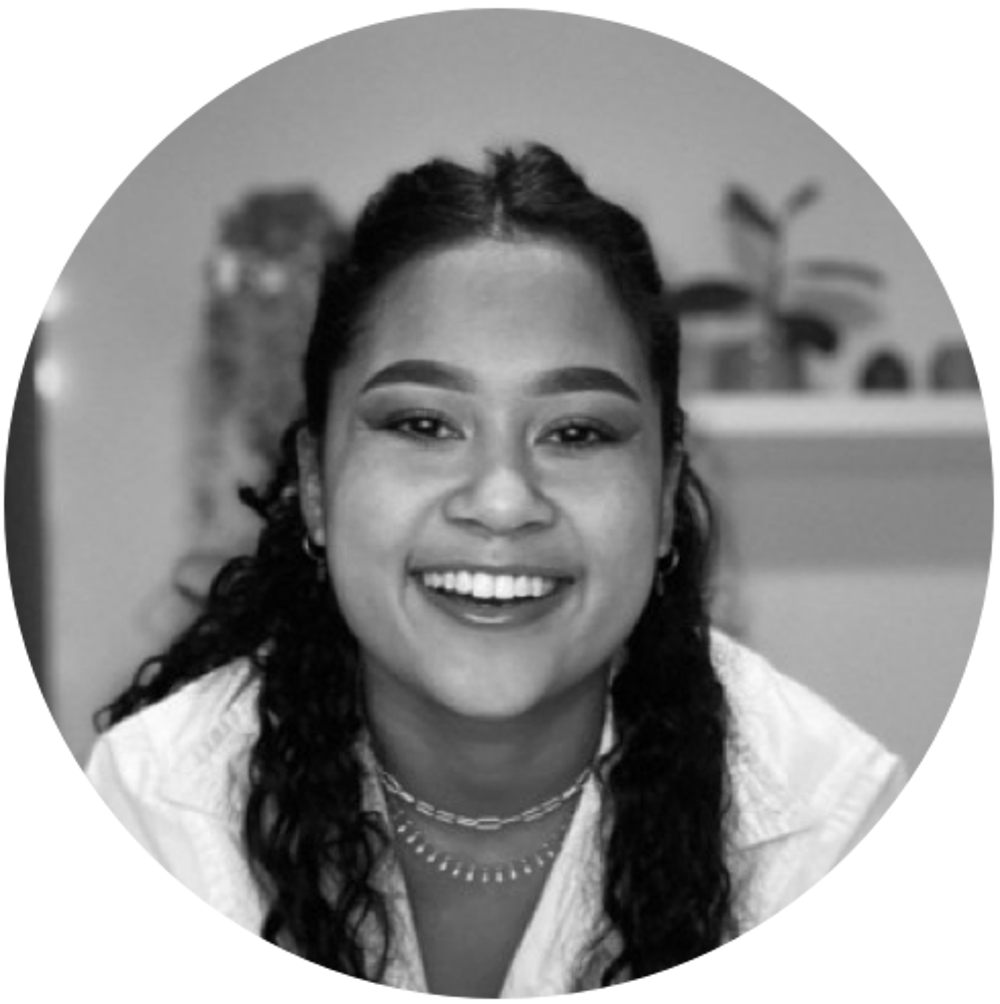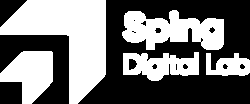5 Tips about a remote user research project with a municipality

Working remotely is a challenge, but it is also great fun to collaborate with customers, users and colleagues in this way.

Vanity Lam, UX intern
My name is Vanity Lam and I am studying Communication and Multimedia Design at Rotterdam University of Applied Sciences. It has always been a passion of mine to be able to design the wishes and interests of others in an interactive (digital) product or environment. While looking for an internship I ended up on Sping's site. I was immediately interested in Sping's way of working and their passion for user experience design/research. I was also very curious about how they organize a design sprint in practice.
5 tips from practice at the municipality of Delft
The municipality of Delft was curious about how non-Dutch speakers experience their integration process. Together with my colleagues from the UX team, I had the opportunity to participate in this project and even help with remote user interviews. What I found most educational was the interviews I did with people integrating. It was very interesting to hear their story and put myself in their shoes. It is an honor for me that I was given the opportunity to come up with/design a solution for the Municipality that could help those integrating.
In this article I will share 5 tips that I learned in this project:
- Tip 1: Draw up concrete participant profiles
- Tip 2: Repeat the answer and ask your question more often
- Tip 3: Create different versions of personas
- Tip 4: Make it visual and digital
- Tip 5: Create templates
Tip 1: Draw up specific participant profiles
To interview the right target group, it is better to have a profile with the various requirements that the participant must meet. Sometimes it is not just one, but several profiles.
In a project with the Municipality of Delft we did 2 rounds because we found different types of profiles. The first group of participants had a good command of the English language. This was different in the second group. They had less command of both the Dutch and English languages. That difference had an influence on their experience during the integration process.
Tip 2: Repeat the answer and ask your question more often
So in order to collect really relevant information, it was important to repeat the answer to the question or ask the question more often. By the way, everything was done over the telephone, so we could not see the participants. In some cases this led to noise, making the conversation less easy to follow. That's why repetition was more important.
Tip 3: Create different versions of personas
During the research phase we created several versions of the persona. After each interview, the persona became a lot more concrete. Personas are fictional characters created based on research. They provide an image of the user (target group) who will use the product or service. By creating personas, we take the user's wishes and interests into better account during the project.
Tip 4: Make it visual and digital
At the start of this project we knew that everything had to be done remotely. So I came up with a convenient and organized way to document the project using Miro. I created a board that visualizes the design process. Here we noted everything, collected results, posted deliverables and kept track of the planning. This way you can keep a clear overview of the design process and next steps and it is also easier to show the client what we are doing.
Tip 5: Create templates
To ensure that everything runs smoothly during a remote session, it is important to prepare well. Preparation emails and slide presentations, among other things, ensure that the client clearly understands what the creative session is for and what we want to achieve with it. To keep it as smooth as possible, templates were created in advance on Miro with an explanation of the exercise. This way everyone can look at the board at the same time and work on it together.
Also tips for Sping!
I learned a lot from Sping, but the nice thing is that my colleagues could also learn from me. Including proposing and using the Six thinking hats and Frame your design challenge methods.
